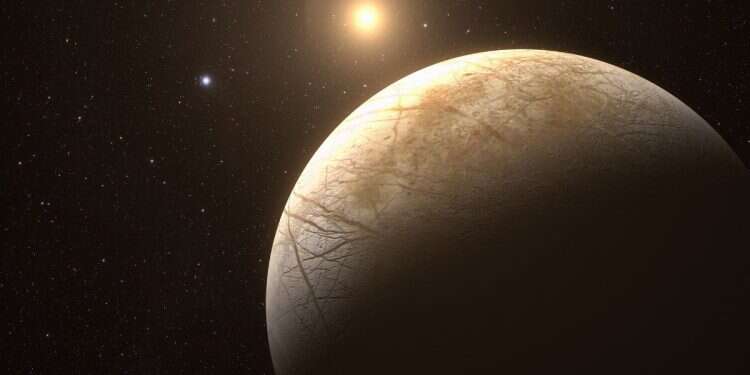A "super blue moon" is when a supermoon coincides with a blue moon. On Monday, the moon will appear about 30% brighter than average in a "super blue moon'—an event occurring when a supermoon coincides with a blue moon (second full moon in a month). The next super blue moon is predicted for January 2037 by NASA.
Supermoons occur 3-4 times a year when the full moon is closest to Earth, appearing slightly larger and brighter. In 2024, there will be four consecutive supermoons from August to November, with the October 17th one being the closest and most "super." The difference in appearance will be difficult for amateurs to perceive.
The blue moon is easier to view in a dark spot, and camera exposure levels need to be adjusted.
There are varying definitions of supermoons and blue moons among astronomers, leading to confusion. Most define a supermoon as any full moon within 90% of its closest approach to Earth. Blue moons do not actually appear blue.
September 2024 will have a partial lunar eclipse during a supermoon, visible in various parts of the world.
A rare major lunar standstill occurs every 18.6 years when the moon reaches orbit extremes, rising and setting at its most northerly and southerly positions beyond the sun's.
Sources: Hindustan Times, Washington Post, USA Today, Los Angeles Times, Futurism, Washington Times, NOLA, Canadian Inquirer, Kentucky Today, Times Free Press, Twisted Sifter, Rocky Mount Telegram, NTD, AOL, Palm Beach Post, TVP World, Times Now News.
This article was written in collaboration with Generative AI news company Alchemiq.




